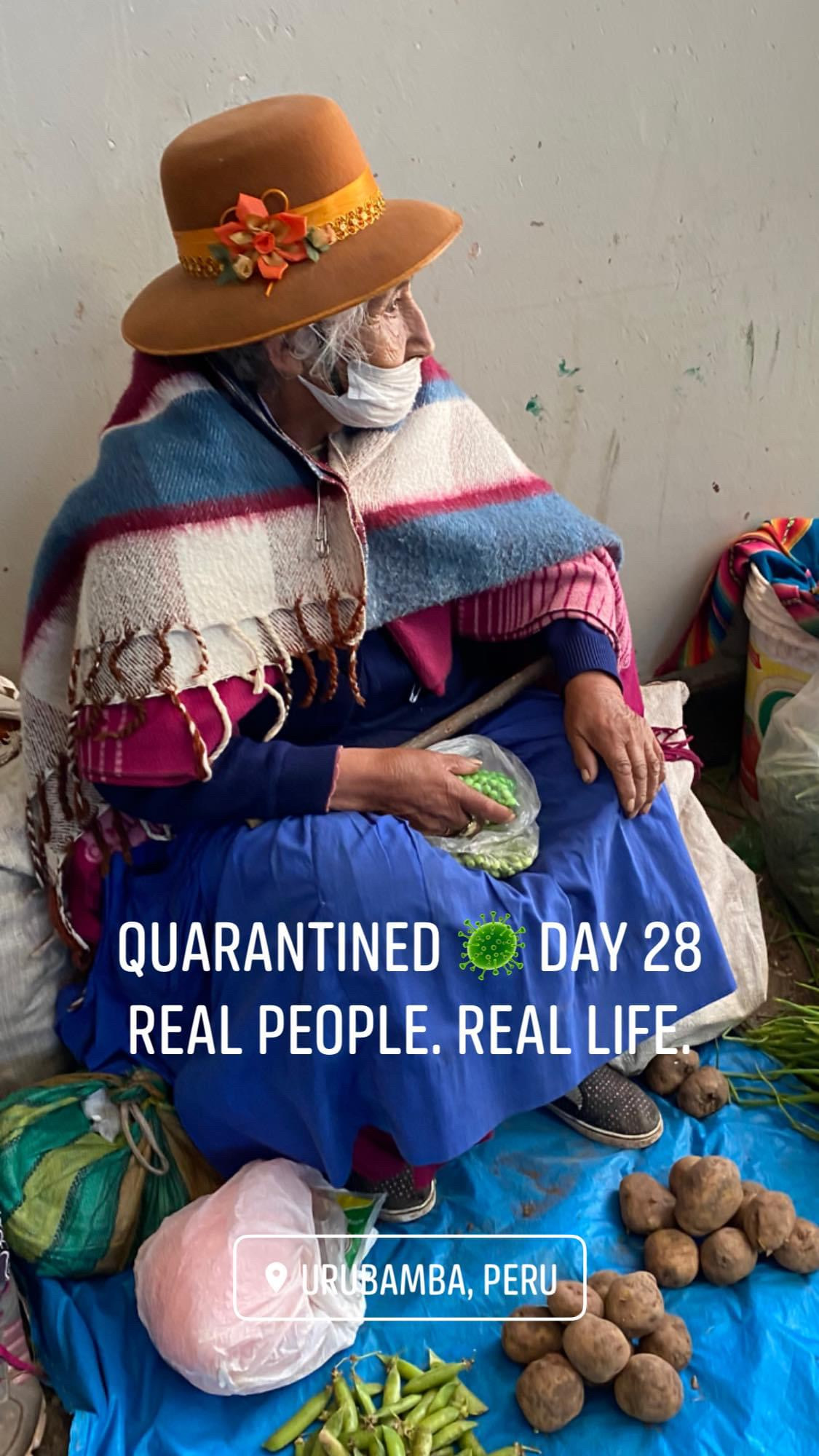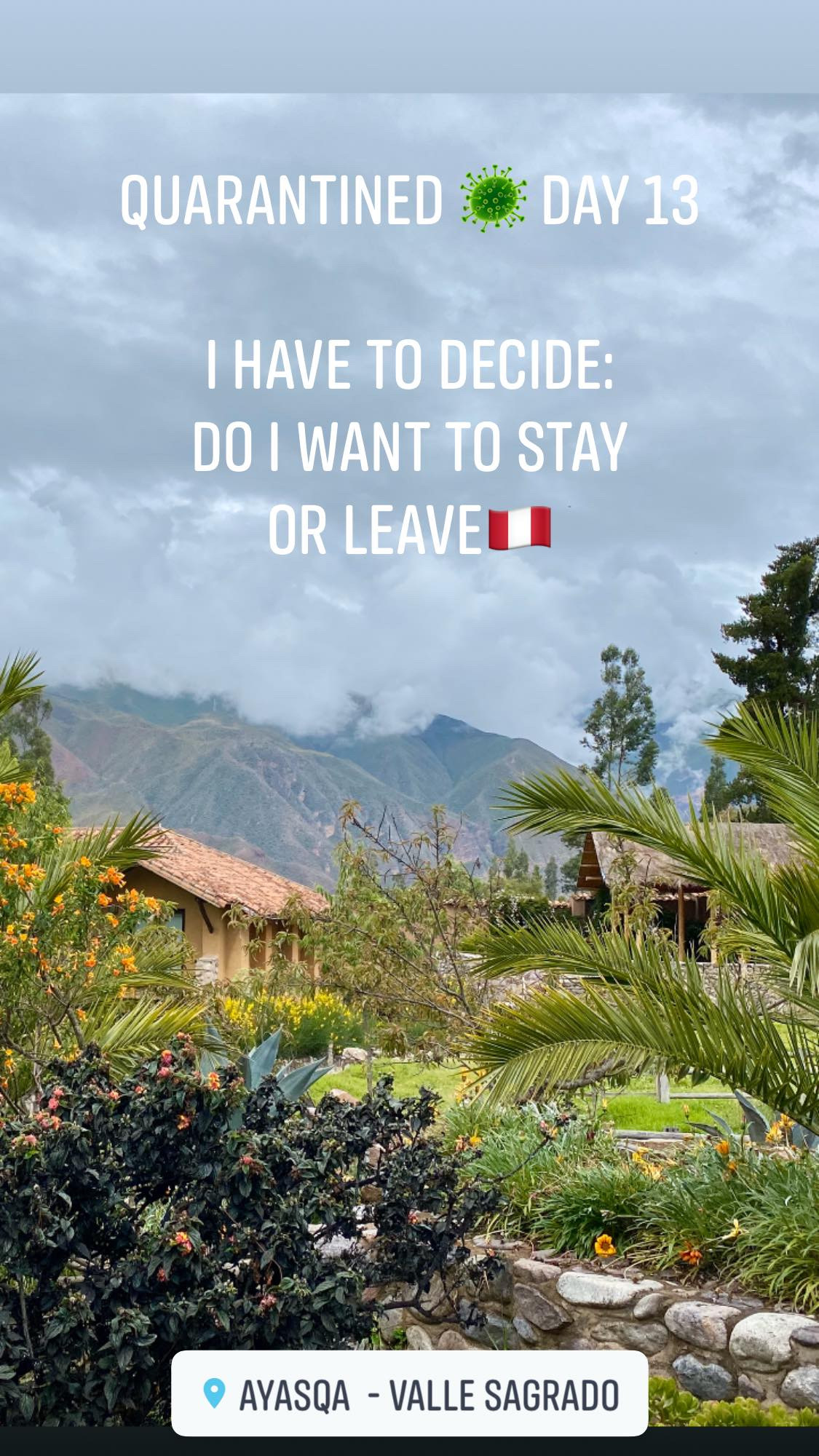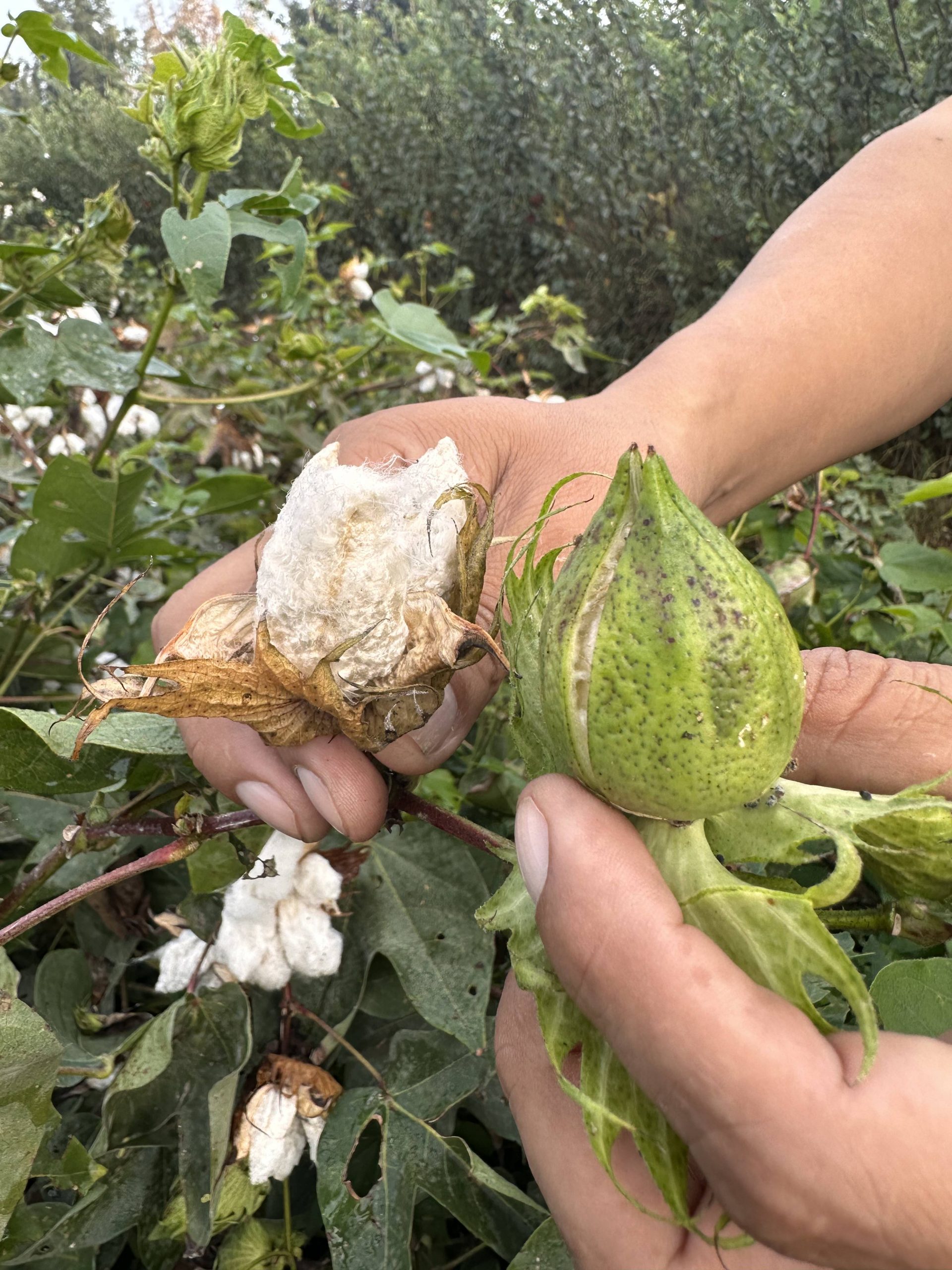A chapter from the Códice de Algodón by Pima Prima
Cotton has played a vital role in the cultural identity of Andean societies for thousands of years. More than just a fabric, it has been a marker of social status, a medium for storytelling and an essential component of rituals and trade. The enduring legacy of cotton textiles in the Andes offers a fascinating glimpse into the ways ancient and modern communities define themselves through their weavings.
Cotton in Pre-Columbian Andean Societies
The domestication of cotton (Gossypium barbadense) in the Andes dates back over 5,000 years. Pre-Columbian cultures, including the Paracas, Nazca, Moche and Inca civilizations, mastered cotton cultivation and weaving, producing intricate textiles with symbolic designs. Cotton was not merely a utilitarian material; it was an expression of identity and spirituality.
Cultural Roles of Cotton Textiles
- Social Status and Hierarchy: The quality and complexity of textiles indicated an individual’s rank in society. The Incas, for example, reserved the finest cotton garments for nobility and religious leaders.
- Ritual and Spiritual Use: Textiles were used as offerings to deities, wrapped around sacred objects, and even buried with the dead to ensure protection in the afterlife.
- Trade and Tribute: Cotton was a key commodity in the Inca economy, collected as tribute from coastal communities and redistributed across the empire.
- Storytelling and Communication: Andean textiles featured symbolic patterns, known as tocapu, that conveyed messages about lineage, beliefs, and cosmic order.
The Persistence of Textile Identity in Modern Andean Communities
Despite the impact of colonialism and globalization, many indigenous communities in Peru continue to weave and wear cotton textiles that reflect their heritage. The colors, motifs, and weaving styles of different regions serve as markers of cultural identity, distinguishing one group from another.
Revival of Traditional Weaving
Organizations and artisans are working to preserve and revitalize traditional cotton weaving techniques:
- Cooperatives and Fair-Trade Brands: Groups such as the Centro de Textiles Tradicionales del Cusco train young weavers and promote the sustainable use of native cotton.
- Sustainable Fashion Movements: Modern brands incorporate ancient Andean weaving techniques into eco-conscious designs, bridging heritage with contemporary style.
- Museum Collaborations: Exhibitions showcasing indigenous textiles help educate the public about the cultural significance of Andean cotton.
Museums Showcasing Andean Cotton Textiles
- Museo Nacional de Arqueología, Antropología e Historia del Perú (Lima) – Holds an extensive collection of pre-Columbian textiles, including cotton pieces from coastal cultures.
- Museo de Arte Precolombino (Cusco) – Highlights artistic achievements in Andean textiles, including Inca cotton garments.
- Museo Larco (Lima) – Displays beautifully preserved textile fragments from ancient Peruvian societies.
Books on Andean Textile Identity and Cotton Weaving
- “Weaving in the Peruvian Highlands” by Nilda Callañaupa Alvarez – Explores the role of weaving in indigenous Andean communities.
- “Textiles of the Andes” by Carolyn O’Neill and Penelope Dransart – Examines the history and symbolism of Andean textiles.
- “The Inca and Their Ancestors” by Michael Malpass – Provides insights into the economic and cultural significance of textiles.
- “Cloth and Culture: Fashioning Identity in the Andes” by Denise Y. Arnold – Investigates how textiles serve as markers of Andean identity.
- “Andean Textiles: A Millennium of Weaving” by Rafael A. Orellana – Documents pre-Columbian and colonial textile traditions in the Andes.
Textiles, particularly those made from cotton, have served as powerful symbols of identity in Andean societies for millennia. From their role in social hierarchy to their use in rituals and trade, cotton weavings are more than fabric — they are a language of heritage and expression. Today, as artisans continue these traditions, the legacy of Andean cotton textiles remains an enduring testament to the region’s rich cultural past and vibrant future.



